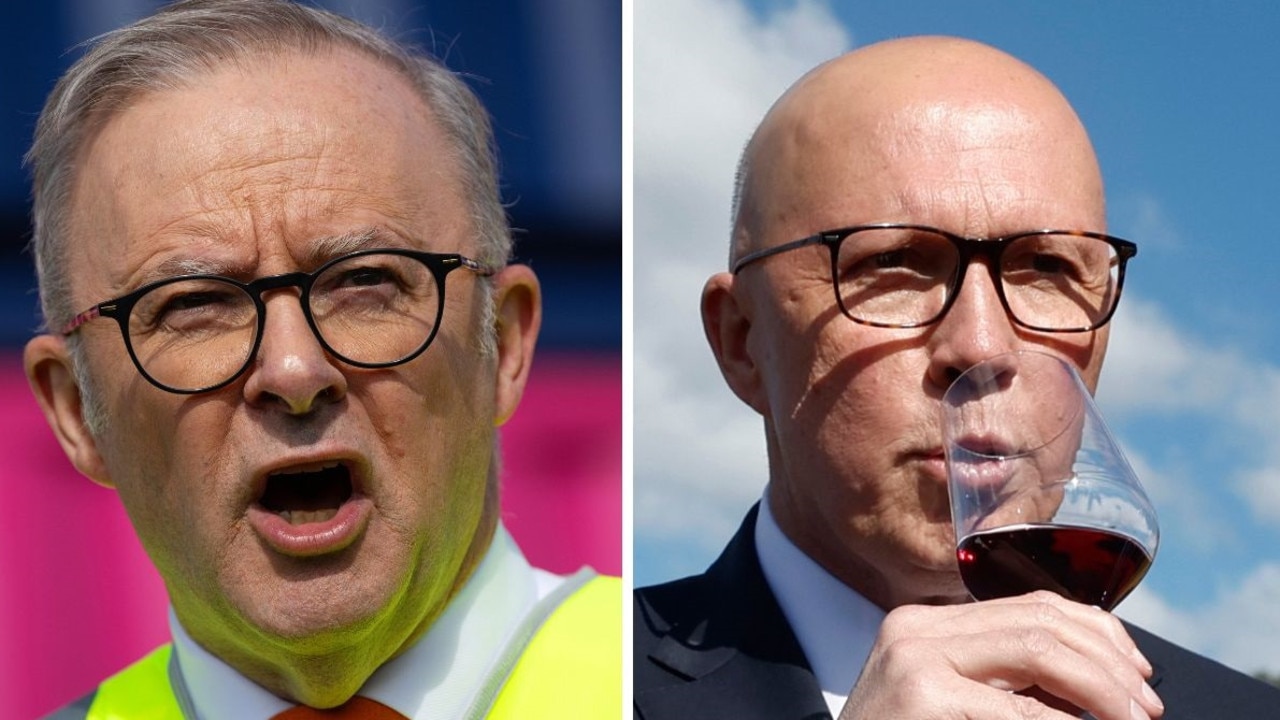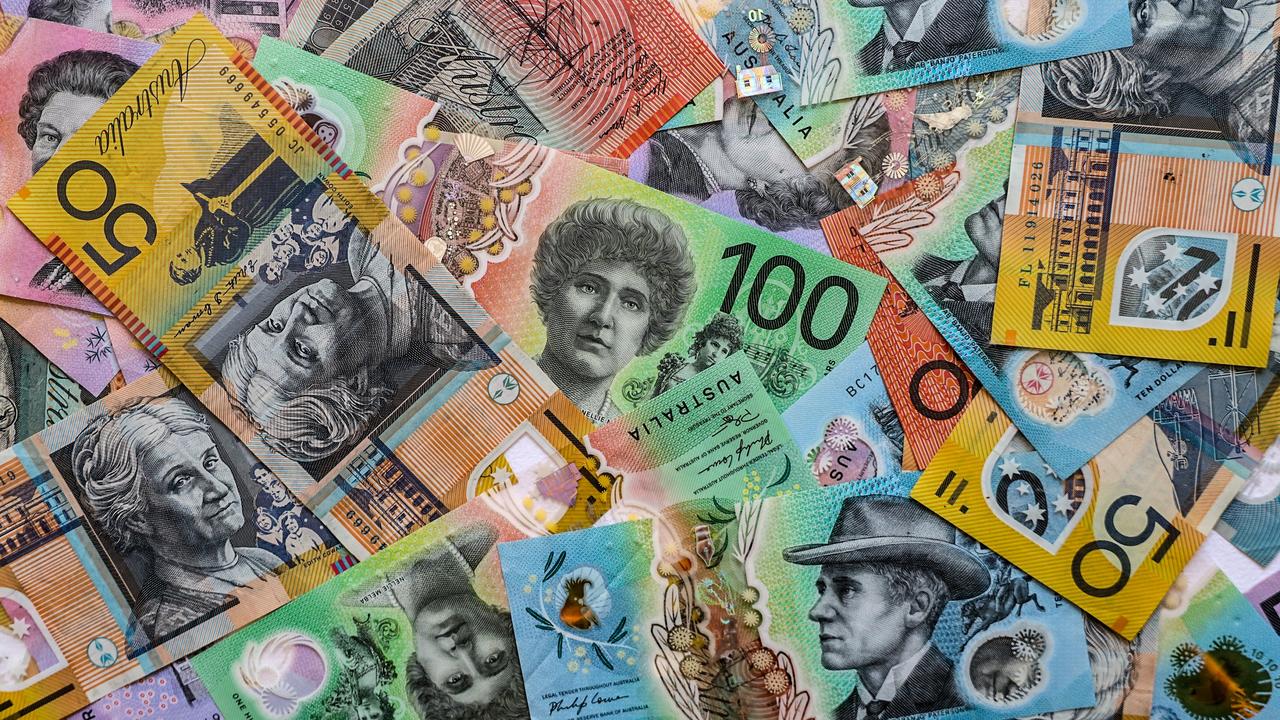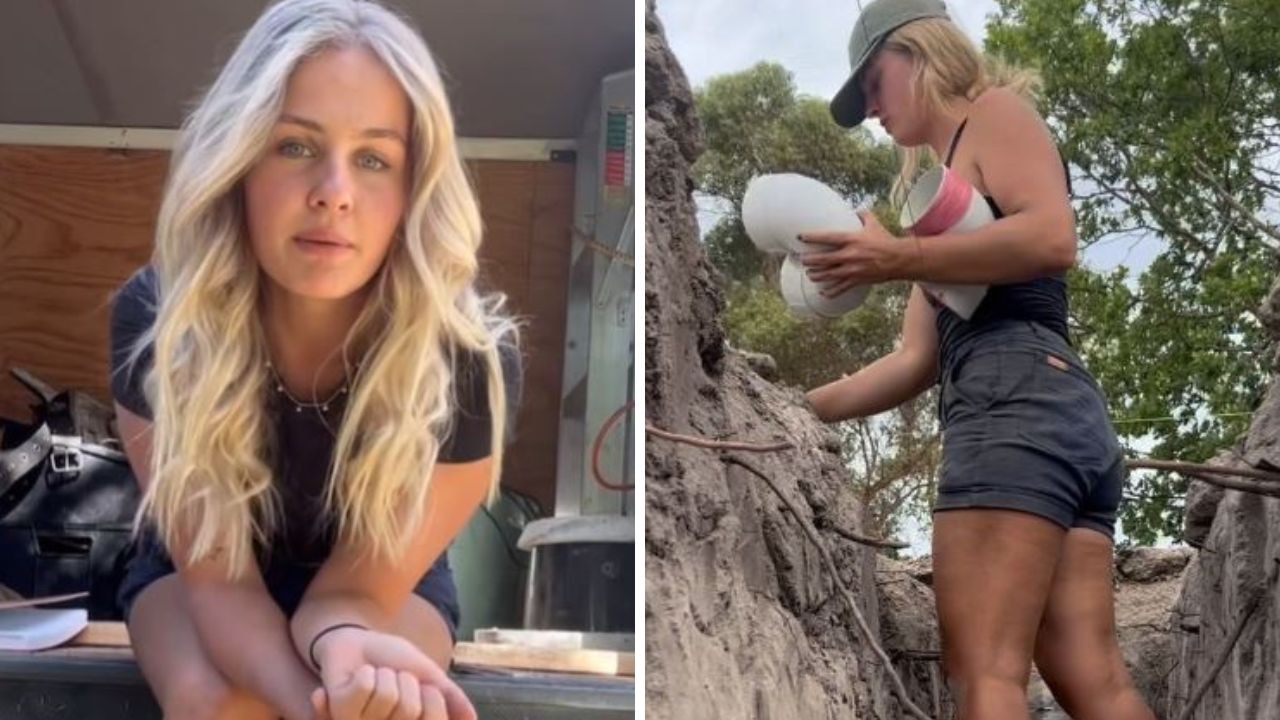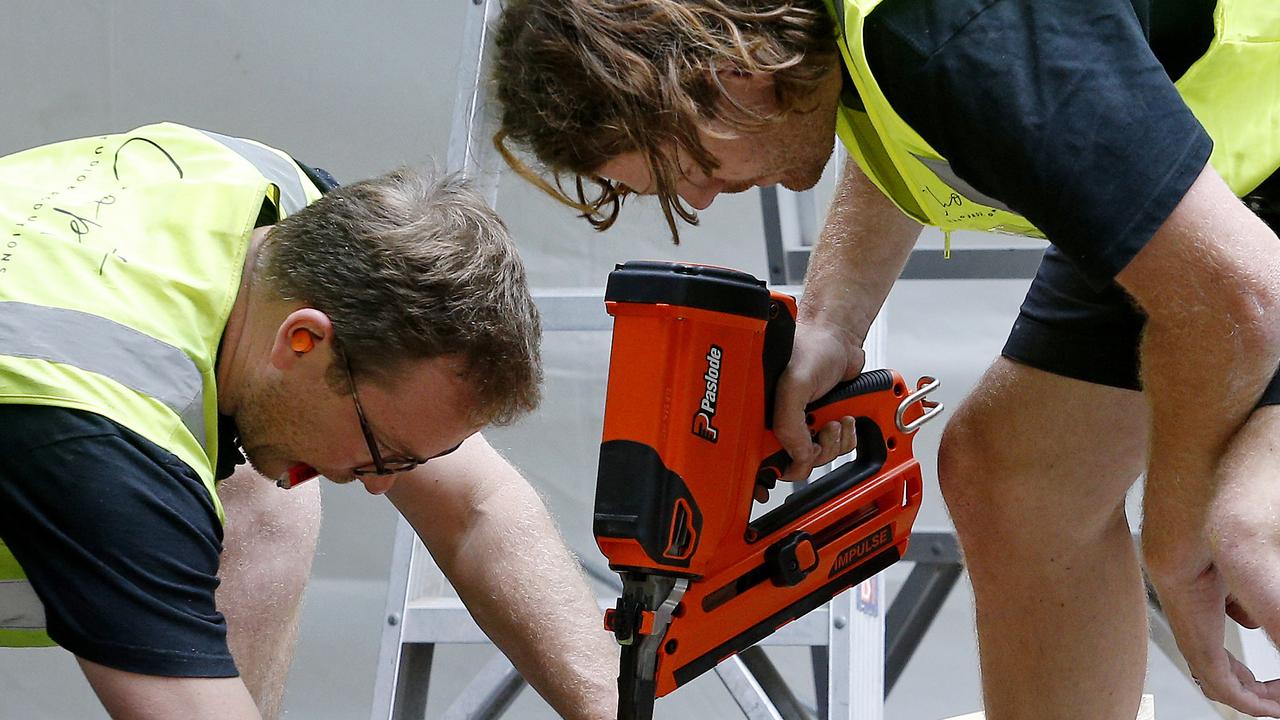Australia’s earnings revealed: Who is rich and who isn’t?
GET the feeling your friend is earning more money than you? Well, they probably are. Check out who earns what across Australia.
At Work
Don't miss out on the headlines from At Work. Followed categories will be added to My News.
IT’S too late to be coy about how much you make. The tax office has spilt the beans on all of us.
The massive annual data dump shows how much people make in a stupendous level of detail.
There is some really good news: The top-paid professions in Australia are mostly medical doctors. Good on us, Australia. Who we pay the most says something about our priorities and the fact that it’s not all greedy CEOs and financial engineers doing high frequency trading is kind of a relief. It’s old fashioned and it feels nice.
Here’s the top ten jobs by average pay, median pay, and how many people are doing them.
The data in the graph and in all the other graphs in the story are taxable income from 2014-15, which became public just this week.
It shows surgeons are easily able to pay their mortgage, but their colleagues the anaesthetists are doing very well too. Anaesthetists have higher median pay because their pay is pretty evenly distributed — not many of them are making smaller sums.
In fact, if you meet an anaesthetist, there’s a 50 per cent chance they made more than $324,000 in 2014-15.
Interestingly, the top ten highest average paid jobs have very different median pay points. (Averages can be much higher than median if you have a few people at the top making massive money. )
The lowest median pay is for CEOs. We hear a lot about the top CEOs who drag up the average, but there are many small and medium businesses that pay their CEO like a normal person. Australia has 40 times more CEOs than surgeons, but half of them made under $73,000 in 2014-15.
THE JOBS YOU ALWAYS WONDERED ABOUT
Mining engineers and lawyers are also in the top ten jobs, but that won’t surprise you. What’s great about this data dump is there is a crazy amount of detail.
For example, have you ever wondered how much a cheesemaker makes? It’s an average of $59,752 for the males and $43,358 for the females. Bless them for their hard work.
What about female apprentice jockeys? They make $46,597 on average. Male tram drivers clear $77,986, and linemarkers (the people that mark the lines on the road) make $57,608.
The 21 people who listed their occupation as Australian state governors are on the list too. The men made $159,839 on average and the women $150,976. The ATO hasn’t explained why 21 people listed that as their occupation considering there are only six states and two territories.
The next graph shows a few of the weird and wonderful professions that are out there.
The sad truth is that being a beekeeper, actor or most of the things that you wanted to do as a little kid are not as well-remunerated as boring jobs. Being an investment broker or a school principal is the smarter choice. (The obvious sweet sport for childhood dreams and good pay is being a TV presenter. Announcement to TV stations: I am for hire.)
HOW TO MISS OUT
If you look closely at the above graph, you’ll see author is the odd job out. It is the only one where females made more than men on average. In the others, and in almost every other profession, women make less than men.
It happens for a mix of reasons. Women sometimes work part-time, sometimes don’t get the promotions, and even sometimes get paid less for the same work.
Many women are no doubt working part time out of choice, and I respect that. But underemployment is much higher among women than men. They’re working part time because they’re not getting the hours they want.
In a country where how much money you have determines your access to a lot of very important resources, like housing, quality transport, and a comfortable retirement, the difference in earning power between men and women is something we need to sort out.
GEOGRAPHY MATTERS
Of course, being female is not the only way to find yourself getting paid less than someone else. Where you live matters, even for those at the top of the tree. Being a surgeon is even sweeter in Western Australia, for example.
When we look at the lowest earning postcode in each state we also see some pretty amazing differences in what counts as very poor.
The poorest district, Bulyeroi and Rowena in NSW must have had a bad farming year, with the average taxpayer recording negative income, suggesting they made a loss.
These are all rural districts, which says something pretty clear about where wealth and poverty exist in Australia. The richest suburbs are almost all in cities, and the poorest are all out in the sticks. One exception is in WA, where the mining industry is lifting a lot of areas.
The other exception, of course, is the ACT, which has no real rural area. Gungahlin is the least wealthy district they can offer? It’s wonderfully middle class. Canberra’s distribution of incomes is pretty cute. It really has no crazy rich areas and no really poor areas.
The richest areas clustered around Parliament House — Forrest, Griffith, Manuka, etc — are only twice as wealthy as the poorest. In Victoria, the richest area has seven times as much taxable income as the poorest. The ACT is closest thing in Australia to a sort of socialist utopia. (And it’s exactly as exciting as you suspect a socialist utopia would be).
The opposite of a socialist utopia would probably have to be Sydney, which can be exciting, but more in the sense of constantly terrifying you if you’re trying to save up for a house.
Sydney notches up seven of Australia’s richest ten suburbs, and since it’s the place in Australia where surgeons get paid the least, it is probably the one city where the doctors are getting squeezed out of the nicest suburbs by CEOs and bond traders.
Jason Murphy is an economist. He publishes the blog Thomas The Thinkengine. Follow Jason on Twitter @Jasemurphy
Originally published as Australia’s earnings revealed: Who is rich and who isn’t?







